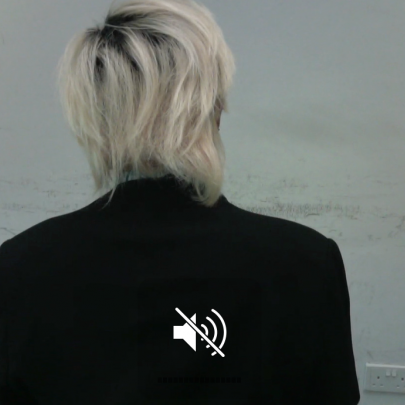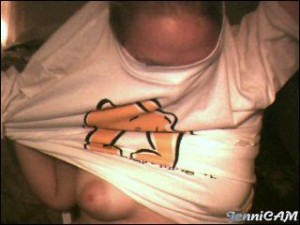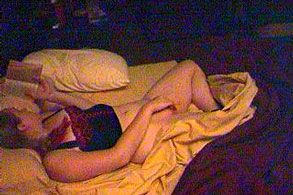
Phantom of the Machine: The Ghost in the Machine
Concept
Phantom of the Machine is an exploration of human’s reception to intelligence of a machine. It is contrived in experimental spirit to study the interactivity between non-human being and object. This is done through playful public intervention, inspiring experiences with an emotional machine. Where the intelligence is of human, there is, however, negation of noticeable physical presence. This installation aims to disrupt he audience everyday interaction involving computers.
Prior Art
Since the culmination of Project Virtual Awkwardness last left of in OSS, the investigation of spaces was running along the discourse of the third space. Whereas the humans who are governed by the fear of God ties in with physical death, the being whose fear of social media challenges the existential notion of intellectual engagement in space-time continuum ranging from the real, virtual to the third space.
The artist’s fear of social media would render the physicality of a human body irrelevant and would live as close as to minimally on consciousness. This implies that the object would have to live on collaborative interaction between itself and its environment. For the artist, that stream-of-consciousness would be the only way to indicate her presence. Was silence then relevant How could silence be perceived? The mind and its data visualised in textual form and silence as glitch?
In Internet Art & Culture, we have dealt with concepts such as the collective artwork, data visualisation, glitch aesthetics and more. At the end of this experiment, more would be elaborated as we look into our findings.
Objectual Consciousness
In 1965, Amerian artist associated with Minimalism, Donald Judd, wrote one of the most significant texts of the movement known as “Specific Objects”. Judd emphasises the physical, phenomenological experience of objects rather than representing any metaphysical or metaphoric.
Objectual consciousness, as a term would help unravel Phantom of the Machine’s idea of a concrete with its consciousness emancipating in a stream. Additionally, a layer of performance filmed the box and to complicate matter, interactivity is involved in the experience.
Judd believed that art should not represent anything, that it should unequivocally stand on its own and simply exist. Contextually speaking, it was ousting painting’s representation of space and abandoning plinth of a sculpture. Strict rules are set against illusion and falsity.
In Phantom of the Machine, an objectual consciouness is alchemised with a machine installed in plexiglas. The evaluation of its consciousness in performance and interactivity would be ensued in the Project Hyperessay Role of Viewer, we determine the role of artist and its viewer, how the interaction would be, and the rituals involved.






